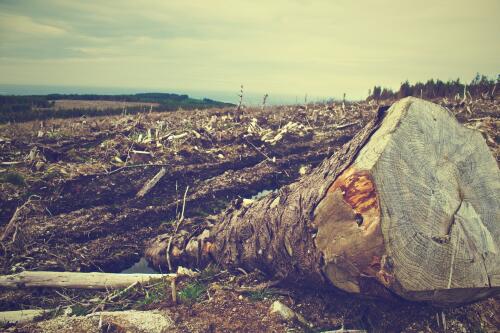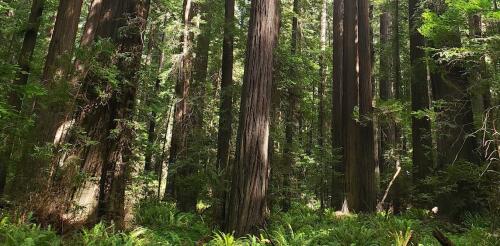Trees
Forests are critically important for slowing climate change. They remove huge quantities of carbon dioxide from the atmosphere – 30% of all fossil fuel emissions annually – and store carbon in trees and soils. Old and mature forests are especially important: They handle droughts, storms and wildfires better than young trees, and they store more carbon. In a 2022 executive order, President Joe Biden called for conserving mature and old-growth forests on federal lands. Recently Biden protected nearly half of the Tongass National Forest in Alaska from road-building and logging. The Biden administration is compiling an inventory of mature and old-growth forests on public lands that will support further conservation actions. But at the same time, federal agencies are initiating and implementing numerous logging projects in mature and old forests without accounting for how these projects will affect climate change or forest species. As scientists who have spent decades...
Which came first, the acorn or the oak? A more important question is which came first: our words for trees, or our understandings of what trees are? Human discourse around trees both shapes and is shaped by our education, beliefs, experience and relationships with trees. Simply put, how we speak about trees matters. Ten years ago, I appreciated trees alongside concern for the health of our planet, but did not consider the ways we speak about trees or their profound intricacies. Then, through an unexpected turn in my research, I became more aware of trees’ relationships, sentience, intelligence and interconnections with their environments as home and community. As we near the anniversary of last year’s UN Convention on Biological Diversity in Montréal, it is apparent that our collective tree discourse needs to fundamentally shift in order to reconnect with the integrity, interconnectivity and protection of all ecosy...
Many of the companies promising “net-zero” emissions to protect the climate are relying on vast swaths of forests and what are known as carbon offsets to meet that goal. On paper, carbon offsets appear to balance out a company’s carbon emissions: The company pays to protect trees, which absorb carbon dioxide from the air. The company can then claim the absorbed carbon dioxide as an offset that reduces its net impact on the climate. However, our new satellite analysis reveals what researchers have suspected for years: Forest offsets might not actually be doing much for the climate. You can listen to more articles from The Conversation, narrated by Noa, here. When we looked at satellite tracking of carbon levels and logging activity in California forests, we found that carbon isn’t increasing in the state’s 37 offset project sites any more than in other areas, and timber companies aren’t logging less than they did before. The findings s...
Carbon offsets have become big business as more companies make promises to protect the climate but can’t meet the goals on their own. When a company buys carbon offsets, it pays a project elsewhere to reduce greenhouse gas emissions on its behalf – by planting trees, for example, or generating renewable energy. The idea is that reducing greenhouse gas emissions anywhere pays off for the global climate. But not all offsets have the same value. There is growing skepticism about many of the offsets sold on voluntary carbon markets. In contrast to compliance markets, where companies buy and sell a limited number of allowances that are issued by regulators, these voluntary carbon markets have few rules that can be enforced consistently. Investigations have found that many voluntary offset projects, forest management projects in particular, have done little to benefit the climate despite their claims. I specialize in sustainable finance and corporate governance. My collea...
Carbon offsets have become big business as more companies make promises to protect the climate but can’t meet the goals on their own. When a company buys carbon offsets, it pays a project elsewhere to reduce greenhouse gas emissions on its behalf – by planting trees, for example, or generating renewable energy. The idea is that reducing greenhouse gas emissions anywhere pays off for the global climate. But not all offsets have the same value. There is growing skepticism about many of the offsets sold on voluntary carbon markets. In contrast to compliance markets, where companies buy and sell a limited number of allowances that are issued by regulators, these voluntary carbon markets have few rules that can be enforced consistently. Investigations have found that many voluntary offset projects, forest management projects in particular, have done little to benefit the climate despite their claims. I specialize in sustainable finance and corporate governance. My collea...




